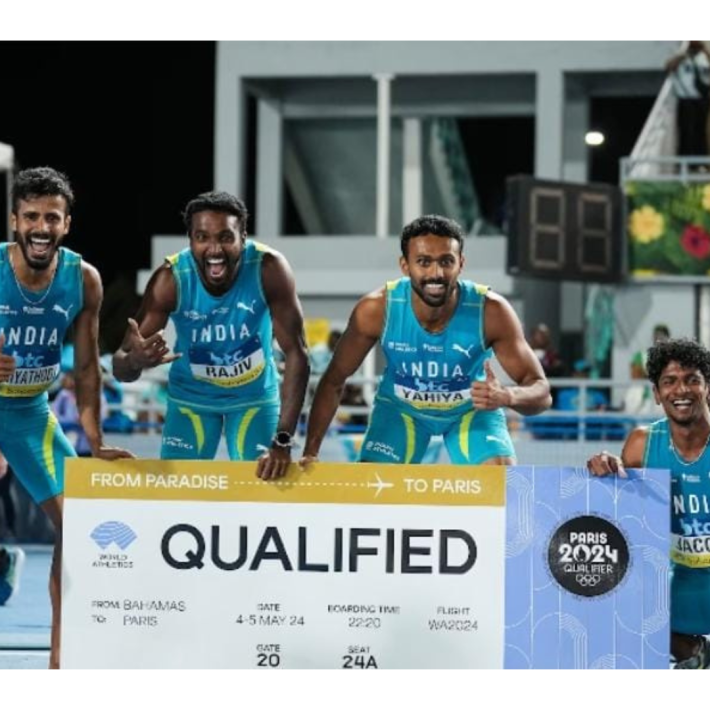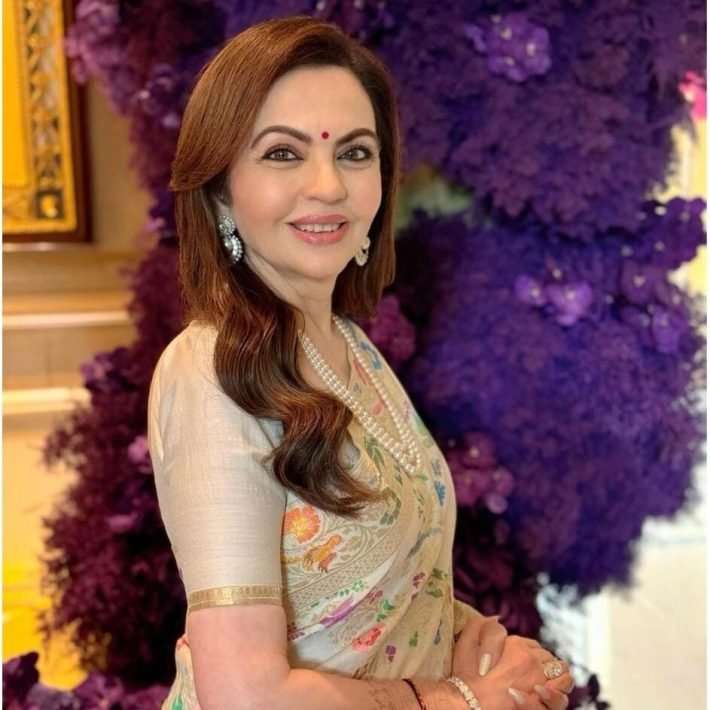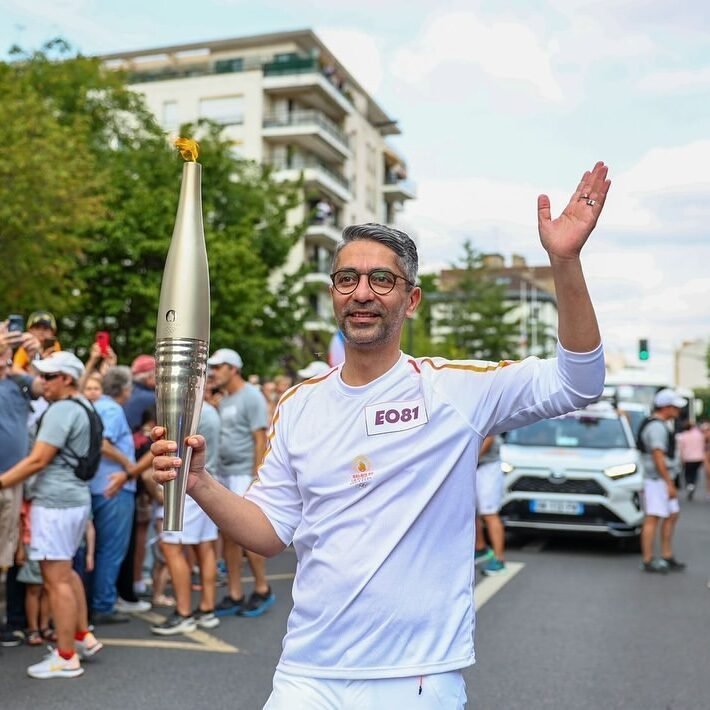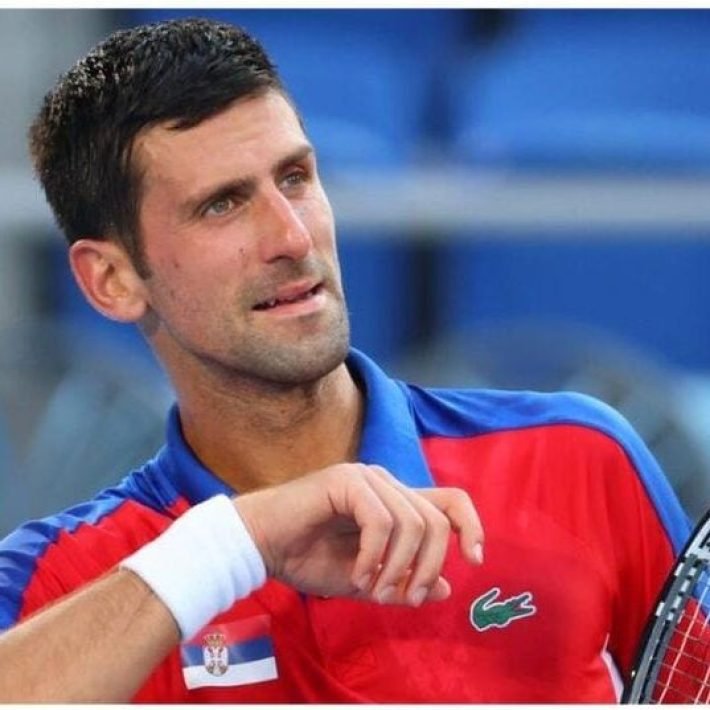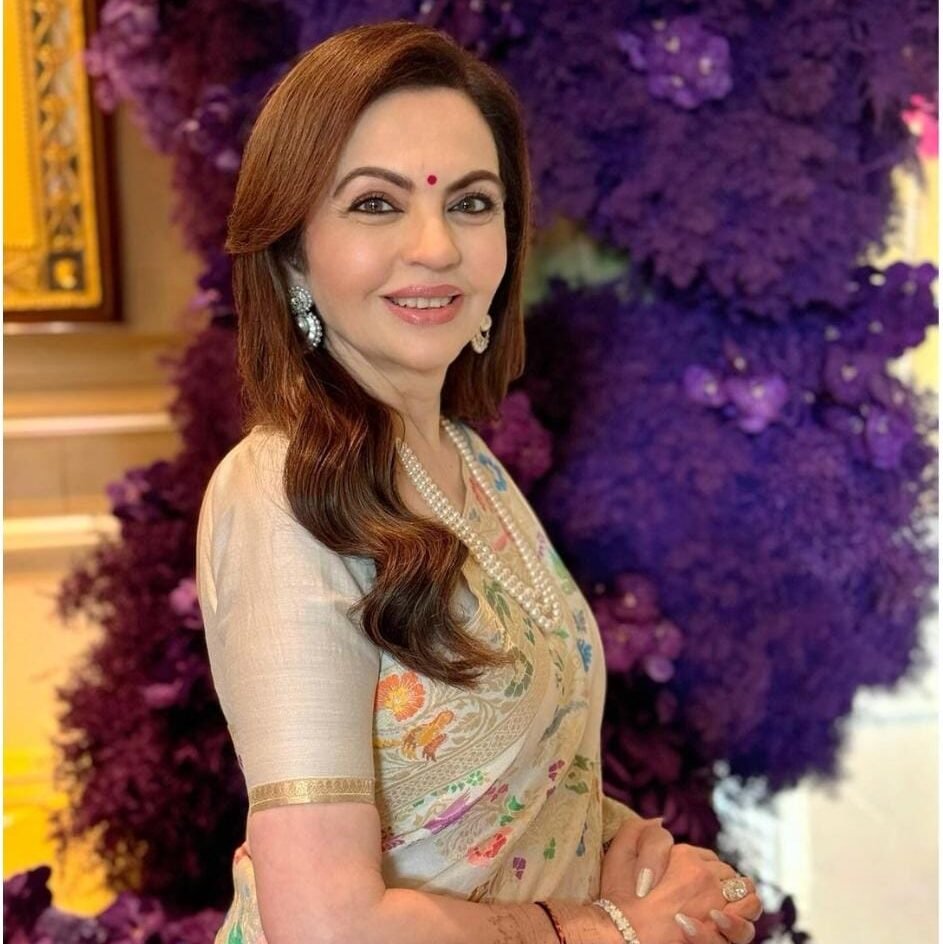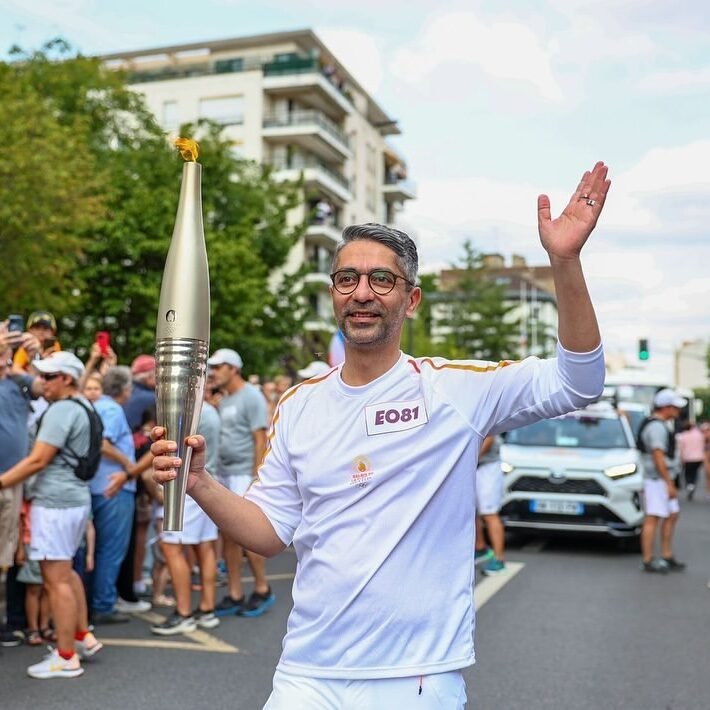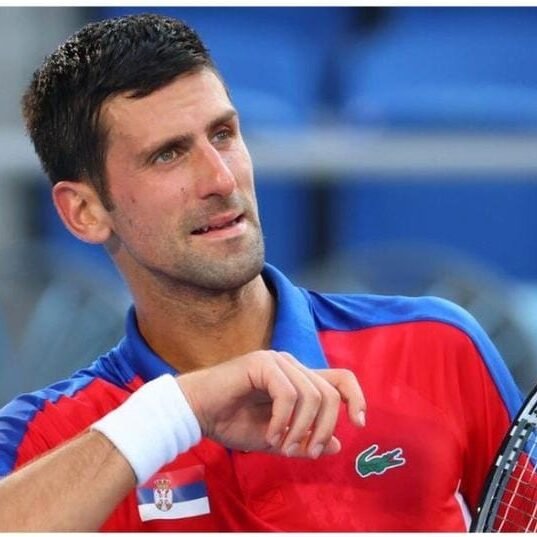Rushina Munshaw Ghildiyal, Curator & Editor in Chief, Godrej Food Trends Report 2022, explores why coffee holds a special place in tea-loving India.
Coffee cultivation in India dates back to the 1600s. According to legend, Sufi Saint Baba Budan propagated seven coffee beans smuggled from Yemen in southern India. First grown as a garden shrub, coffee was initially cultivated as a commercial crop in India in the 18th century under the aegis of the British Empire, exclusively as an export commodity.

The rise of India’s coffee culture
India’s Coffee Culture began some 20 years ago and has recently taken on a meteoric rise. In the 1940s, came the Coffee Board. Sunalini Menon, founder of Coffee Lab and Asia’s first woman to be a professional coffee taster, shares, “In 1996, the Coffee Board went on to liberalise trading of coffee, allowing growers to trade in the open market.” Menon lauds this movement for pushing the importance of quality in a competitive market. “Around this time, we also realised that export wasn’t everything, that we should also look at the domestic market,” she adds. This catalysed the launch of Café Coffee Day (CCD) with the opening of its first café outlet in Bengaluru that same year.
“Today, the segment of discerning consumers is growing,” says Shivani Unakar, Food Researcher & Communicator. “They know what makes good coffee, and they know what exactly they like!” She goes on to explain that each wave of evolution in coffee culture saw at least one step of backward integration. The first wave saw consumers focus only on the final product. The second wave brought ‘baristas’, and their skills in crafting beverages and elaborate latte artistry into the limelight. The third wave saw roasters taking agency. And now, the fourth wave presages producers at the farm level getting innovative with their offerings! “It was this period, between 2012 and 2015, that India began seeing a nationwide shift in the market, viewed as India’s third wave of coffee,” she concludes.
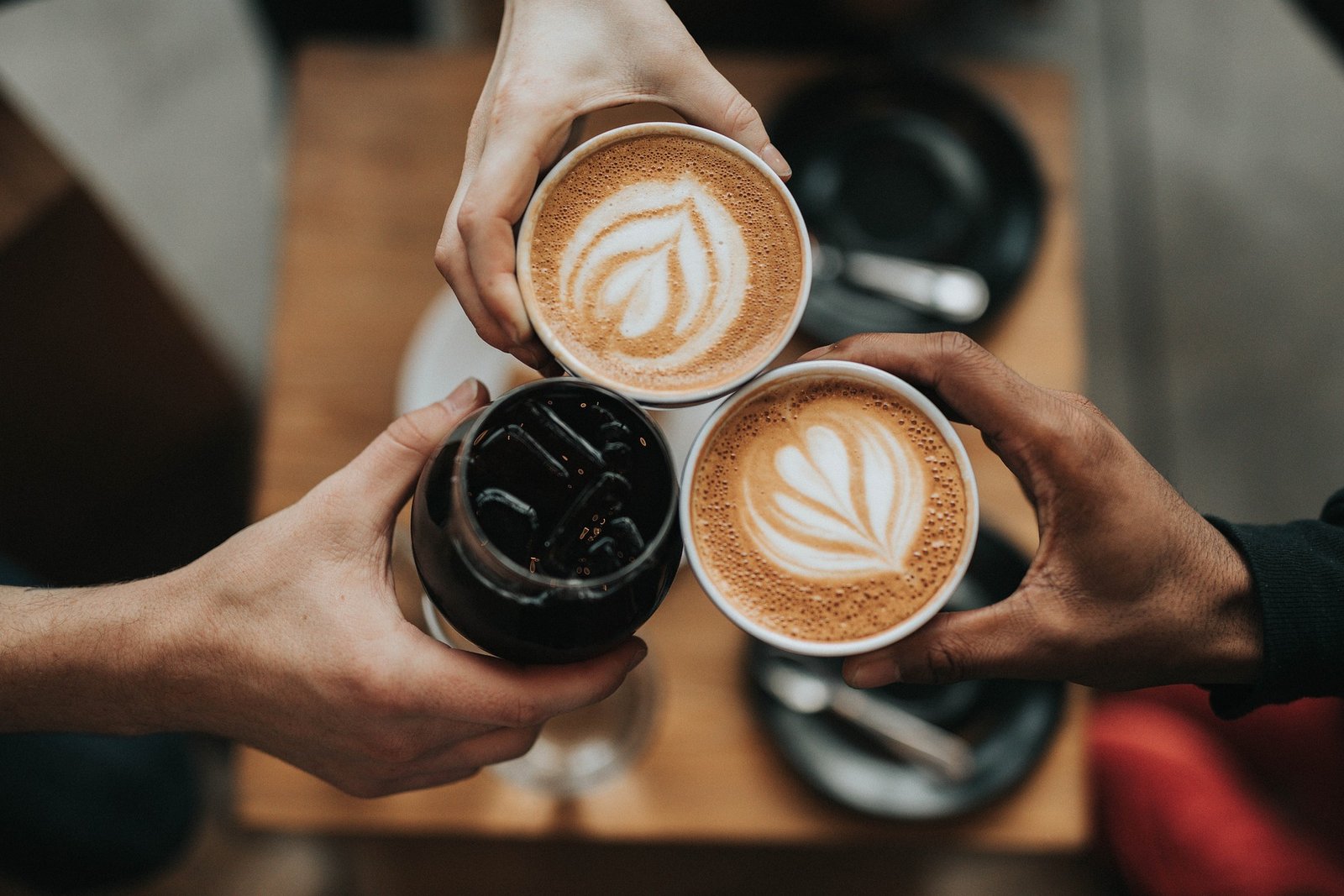
Specialty coffees take centre stage
According to the Godrej Food Trends Report, 72.3% gourmet Indian coffee trended in 2022 and 47.7% agreed that cold brew tea and coffee options would drive their upward curve at a robust pace in 2022. 52.4% felt gourmet Indian-origin artisanal coffee/tea brands would continue to grow.
Ashish D’Abreo who began Flying Squirrel Coffee in Bengaluru, which has today evolved into Maverick & Farmer, shares an interesting insight he gained a few years ago when Maverick & Farmer launched a sampler pack. The idea was for people to taste different varieties, and then buy what they like the most. But consumers kept coming back for the sampler pack. The company discovered consumers were actually enjoying the variety the sampler pack offered. This is reflective of coffee aficionados today. Not only are they buying larger volumes, but their home pantry is often stocked with a selection of their favourite coffees. Interestingly, in the last few years, specialty coffees moved into the home spaces in a big way.
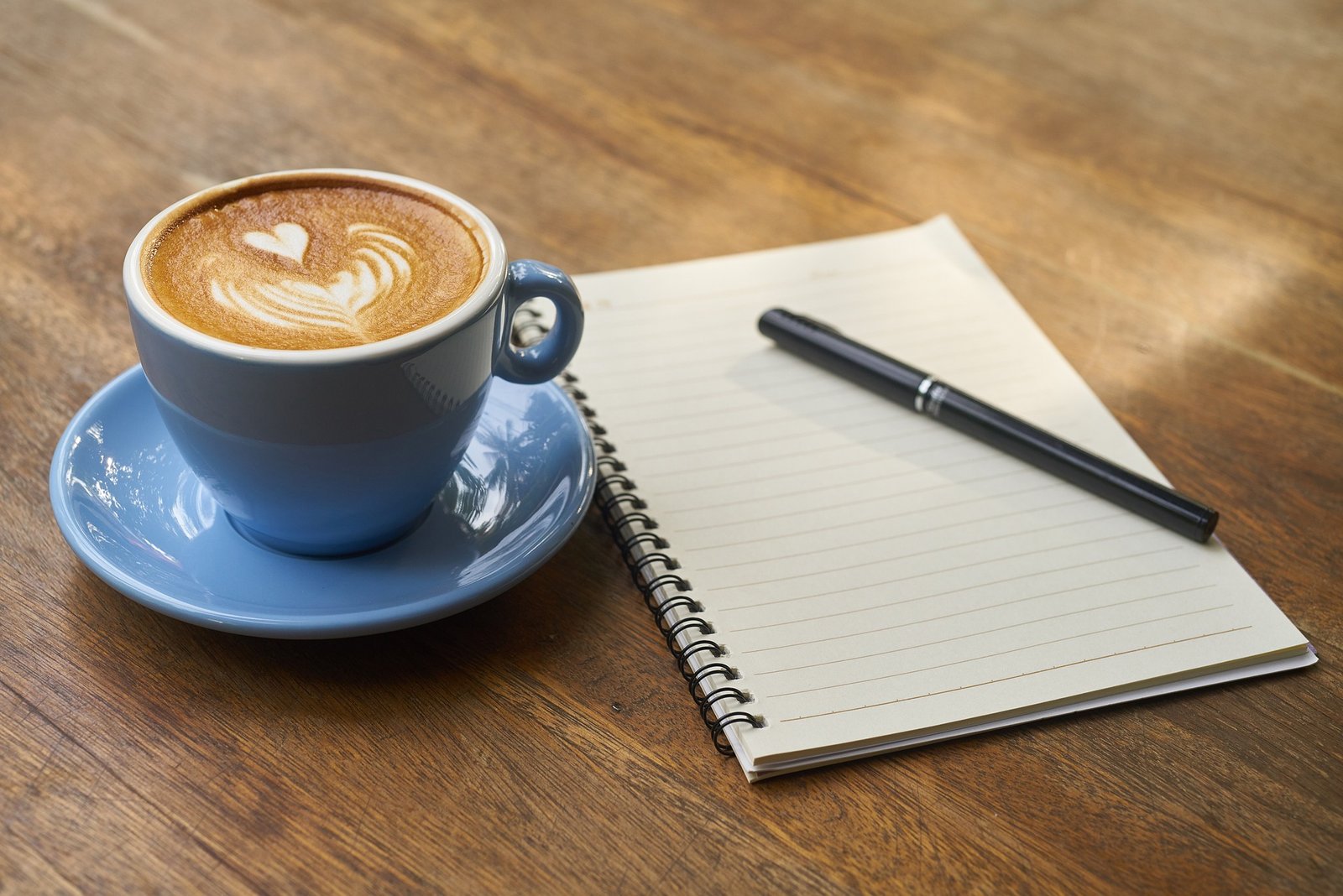
For the love of Joe
According to the above report, experts believe that Indian consumers did not want to compromise on their coffee and actively sought to improve their home consumption habits. Today, Indian coffee consumers are more appreciative of the skills and effort that go into brewing a good cup, and they expect cafés to deliver a beverage that is at par with or better than what they would brew at home.
Simultaneously, there is also an effort to offer simpler and more convenience-driven solutions. There are some great innovations happening; capsule-based coffee machines will revolutionise the home coffee experience, most roasters are introducing easy-pour drip bags, and consumers can pick from an ever-widening selection of gourmet instant coffees, and ready-to-drink cold brew options.
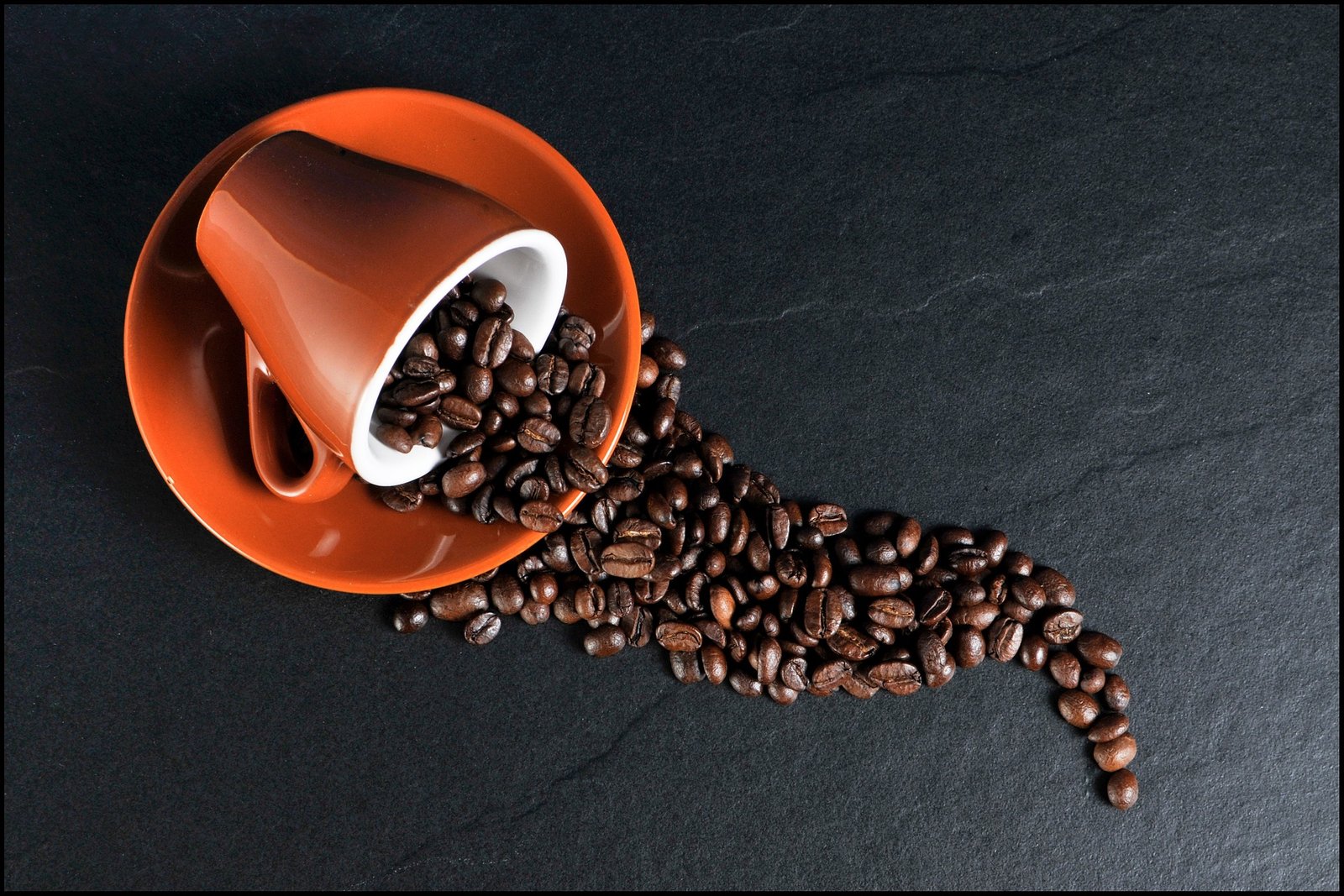
Today, the way the Indian coffee market is evolving, knowing or asking about the origin (of your coffee) is a given. The Godrej report says all this indicates that the coming years will see the specialty coffee experience becoming more complex. The expansion of the café culture in these parts of the country strengthened coffee’s status as a lifestyle drink.

Social media played a big role for cafés. People began virtually checking in at cafes with friends and posting pictures of latte art on social media platforms. Around this time, during the early 2010s, the adoption of higher-end gourmet coffee, be it a Starbucks latte or a well-brewed pour-over, was much more rapid outside southern states. There was suddenly a blossoming of coffee culture in totally unexpected places like Surat, Jaipur and Chandigarh. With cafés, there is a logistical limit to how many consumers you can serve. With the number of people brewing coffee at home, the consumer base has also grown. This movement is also pushing cafes and professional baristas to raise their benchmarks. Coffee became a social event and a personal indulgence, spiked with caramel or chocolate sauce and topped with whipped cream if one so wished. This was a turning point in the coffee industry.
Breaks
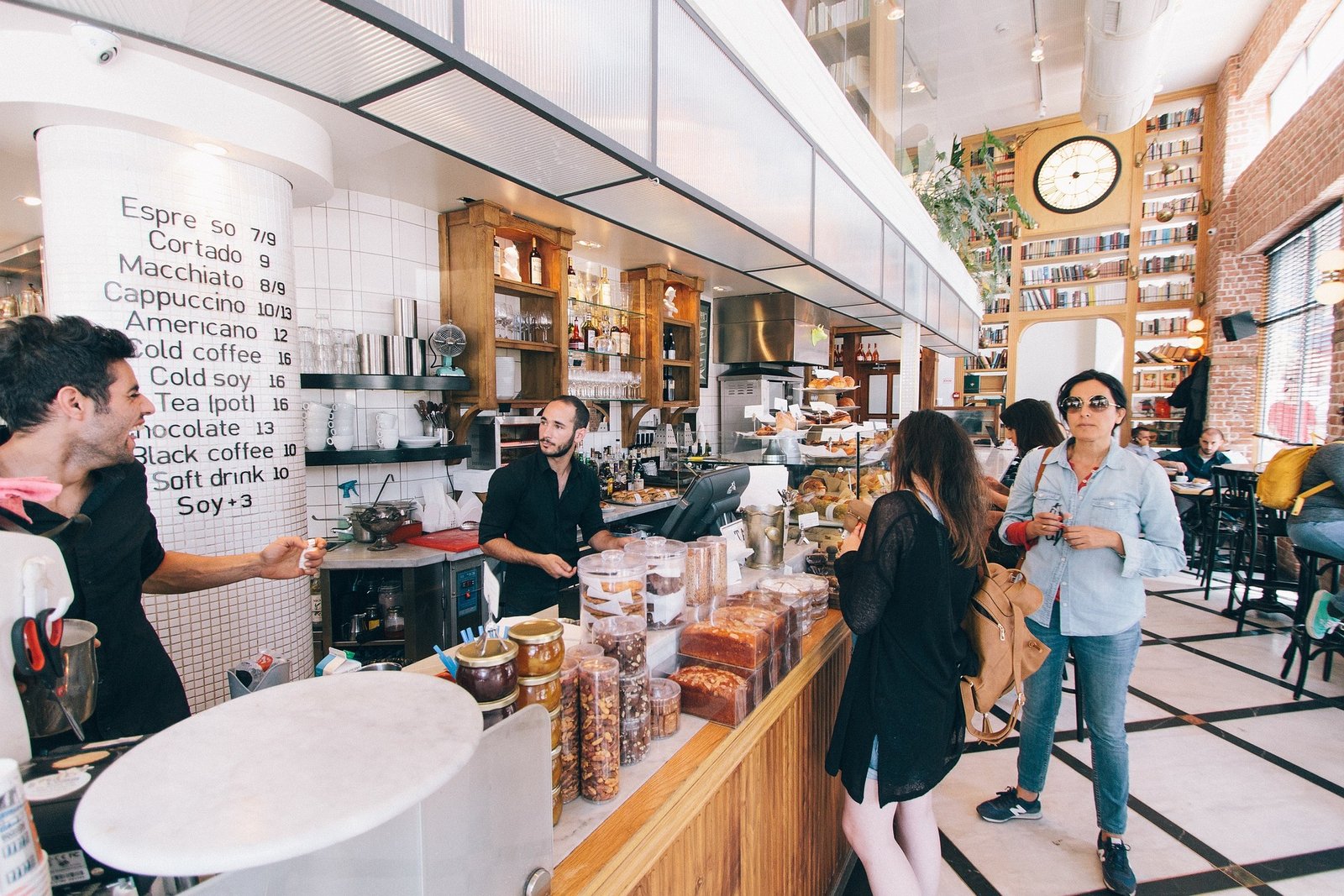
- India’s Coffee Culture began some 20 years ago and has recently taken on a meteoric rise.
- “Today, the segment of discerning consumers is growing. They know what makes good coffee, and they know what exactly they like!” – Shivani Unakar
- In the last few years, specialty coffees moved into the home spaces in a big way.
- There are some great innovations happening; capsule-based coffee machines will revolutionise the home coffee experience, most roasters are introducing easy-pour drip bags, and consumers can pick from an ever-widening selection of gourmet instant coffees, and ready-to-drink cold brew options.
- With the number of people brewing coffee at home, the consumer base has also grown. This movement is also pushing cafes and professional baristas to raise their benchmarks.
- Social media played a big role for cafés. People began virtually checking in at cafes with friends and posting pictures of latte art on social media platforms.

